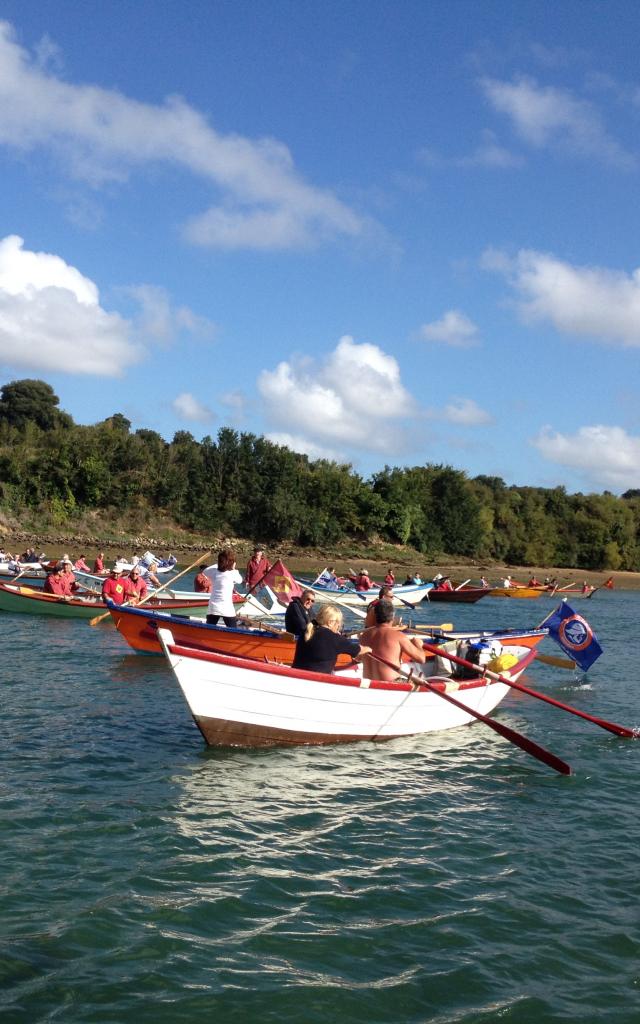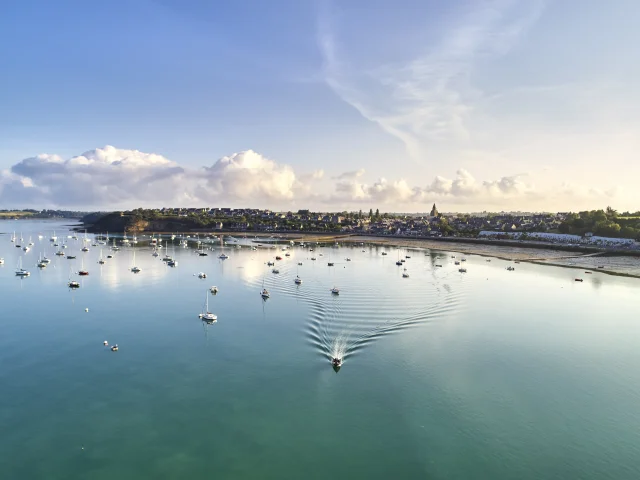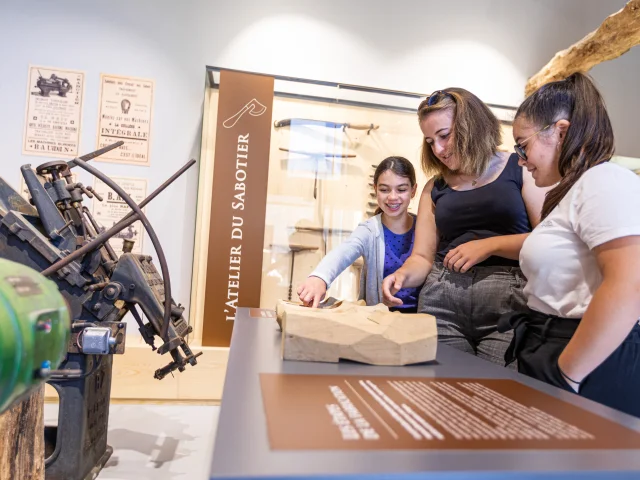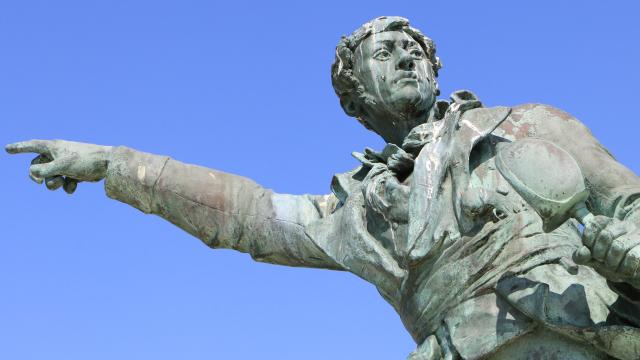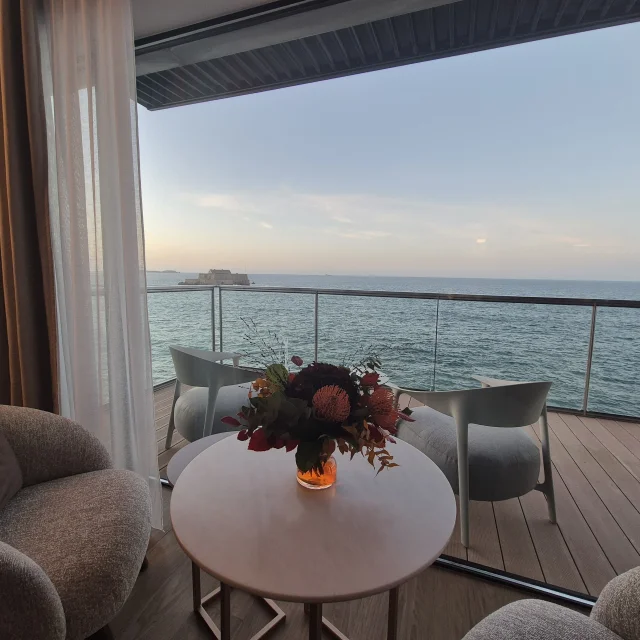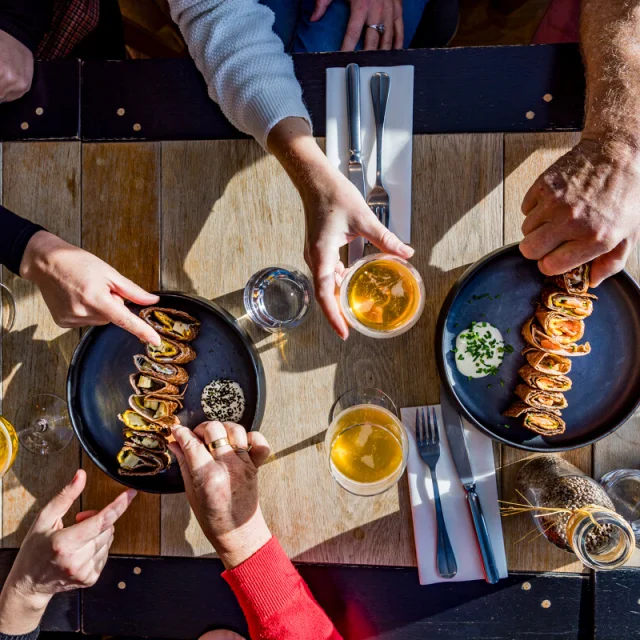 ©smbmsm Terre Neuvas Archives Municipales (8)
©smbmsm Terre Neuvas Archives Municipales (8) ©smbmsm Terre Neuvas Archives Municipales (6)
©smbmsm Terre Neuvas Archives Municipales (6)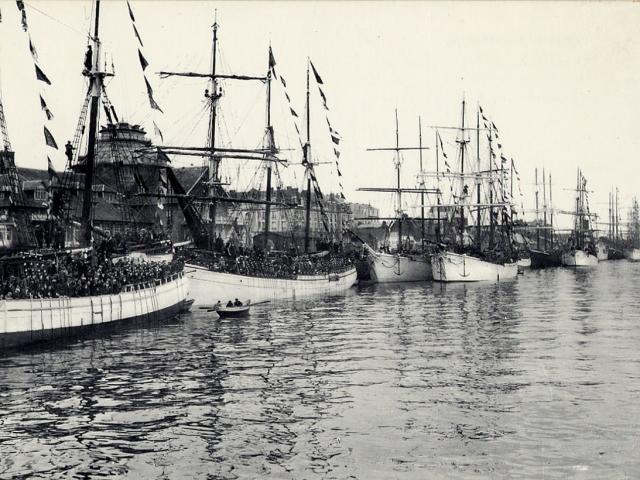 ©smbmsm Terre Neuvas Archives Municipales (5)
©smbmsm Terre Neuvas Archives Municipales (5)Cod fishing
Cod fishing represented an important economic activity. Large-scale fishing took place offshore on the banks. There were two types of fishing: fishing for green cod, known as wandering fishing, and fishing for dry cod, which took place sheltered from the winds and currents. The working conditions in the cold and damp were obviously very difficult.
Green cod fishing
The ships set off for a 6 to 7 month fishing season with crews of around thirty men. The vessels carried dories, flat-bottomed boats that were easy to manoeuvre and stack on deck. Once the ship had arrived on the banks, the dories were put out to sea with a crew of two men. They fished all day with drifting lines. Once back on the boat, the cod was opened, washed, salted and stacked. The fish was then called “green cod”.
Dry cod fishing
This fishing technique required around a hundred men to board the ships. Once there, they would anchor in a harbour in Newfoundland and build barracks on land to store and prepare the fish. They lived in these basic facilities. Every evening, the fish was brought ashore and dried on the shore. It was better preserved and, once back in France, it was easier to export to the Mediterranean.

